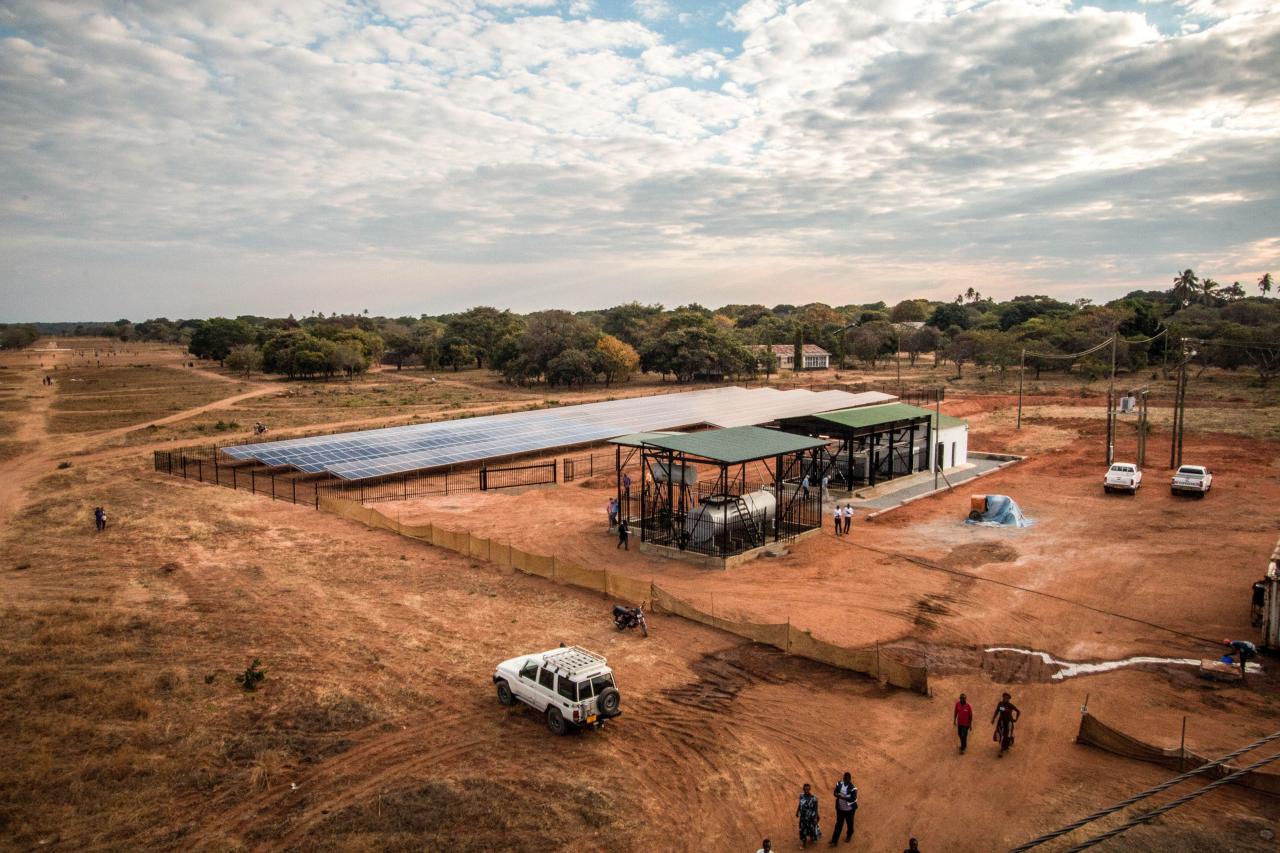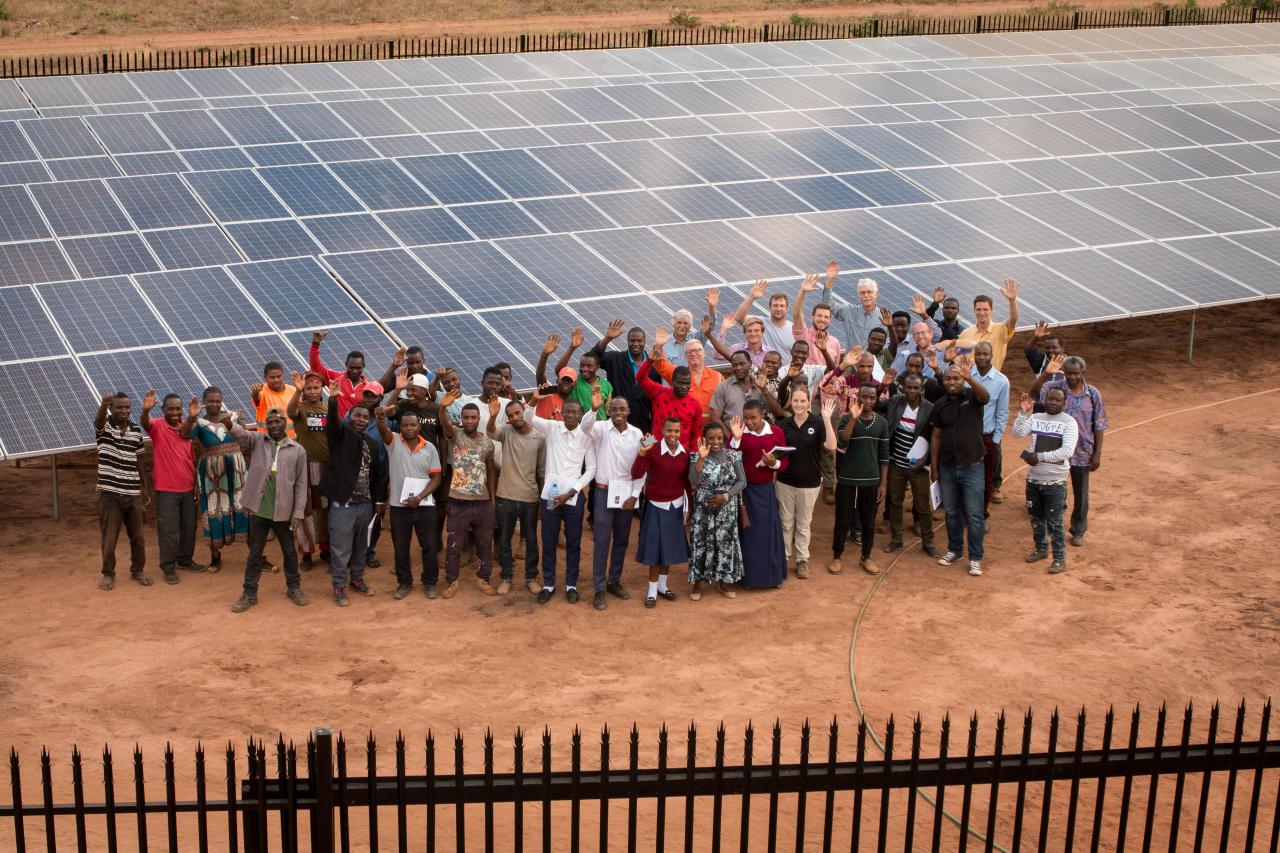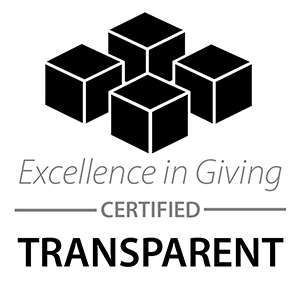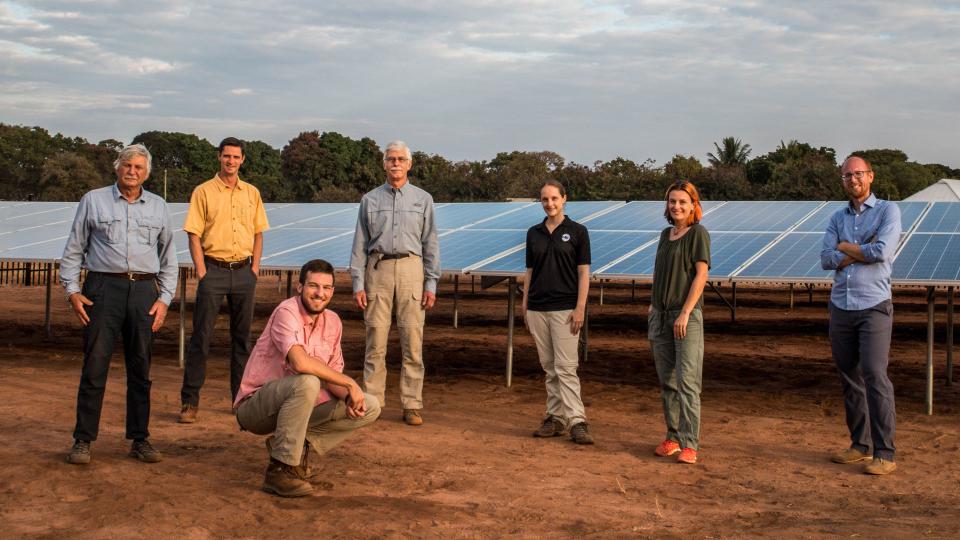
A number of EMI USA staff are developing a new pattern. They are putting time and energy in the gap between EMI design and implementation.
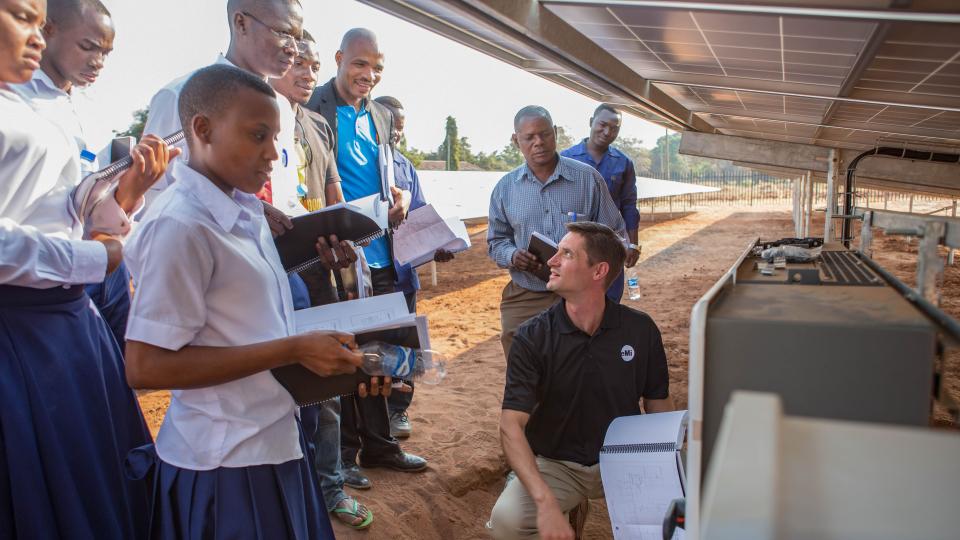
They are driven by a desire to be more hands-on, to share the gospel, and to see long-term sustainability in EMI design results.


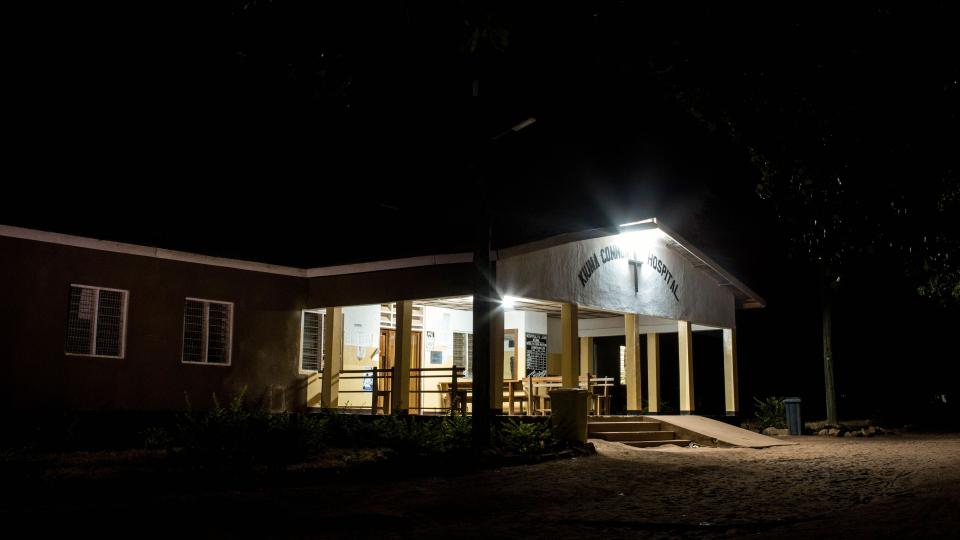
In rural Tanzania, the sprawling KIUMA campus founded in 1996 has it all: School, hospital, vocational training centre, and more with 2,000 people using the vast 300-acre site each day.
KIUMA is a Kiswahili acronym for ‘Church of the love of Christ Messiah.’ The ministry exists to serve the 500,000 largely Muslim population in the Tunduru region of southern Tanzania.
In 2016, the first EMI team spent 24 hours on the road from the Tanzanian capital of Dar es Salaam to KIUMA. 10-year EMI veteran Project Leader and Electrical Engineer Andy Engebretson says, “That was a hard trip, but it helped us see the challenges of working and living in such a remote location, as well as putting a project of this magnitude here.”
As in many places in rural Africa, KIUMA had an energy problem. The closest government power (diesel-generated) 60 Km away had not yet reached the campus. The high cost, limited availability, and difficult access to fuel made KIUMA’s generators expensive to run and maintain.
Electrical distribution on the site was also problematic. “On that first visit, we saw an overhead power line literally burn in half. One end swung down, knocking a guy off his bicycle,” Andy remembers, “Thankfully it was the non-energised end...”
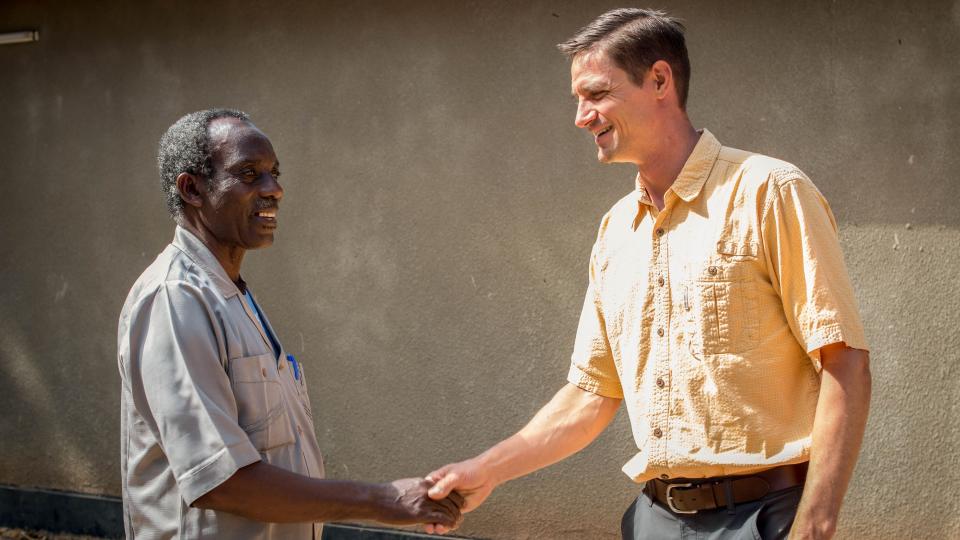
As a site-wide energy solution, the EMI team proposed an all-new internal electrical distribution network and a “micro-grid” power generation system.
This micro-grid would efficiently utilize solar power and battery storage, mainline utility power, and diesel generator backup to provide a stable energy supply to all ministries of the campus.
More than that, the micro-grid system would position KIUMA to sell back surplus solar power to the government utility. That was the proposed EMI design—unique, appropriate, and on paper.
What’s different is what happened next. Being involved in the project as an ‘Owner’s Representative’ meant filling the gap between design and completion.
Between technical design, installation, activation, and the operator training were many hours of conference calls and design coordination and repeated trips to Tanzania. As far as possible, Andy and his team worked with local contractors and African resources to deliver the project.
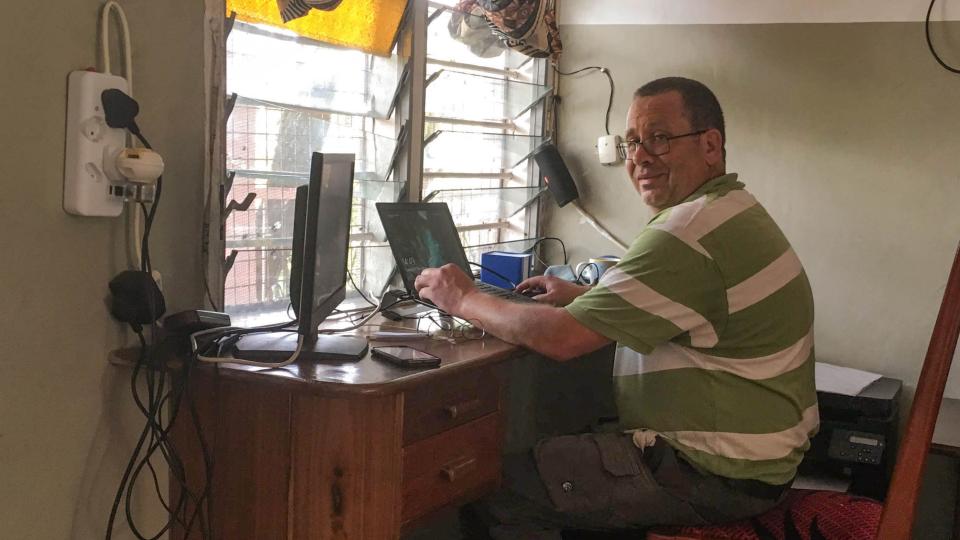
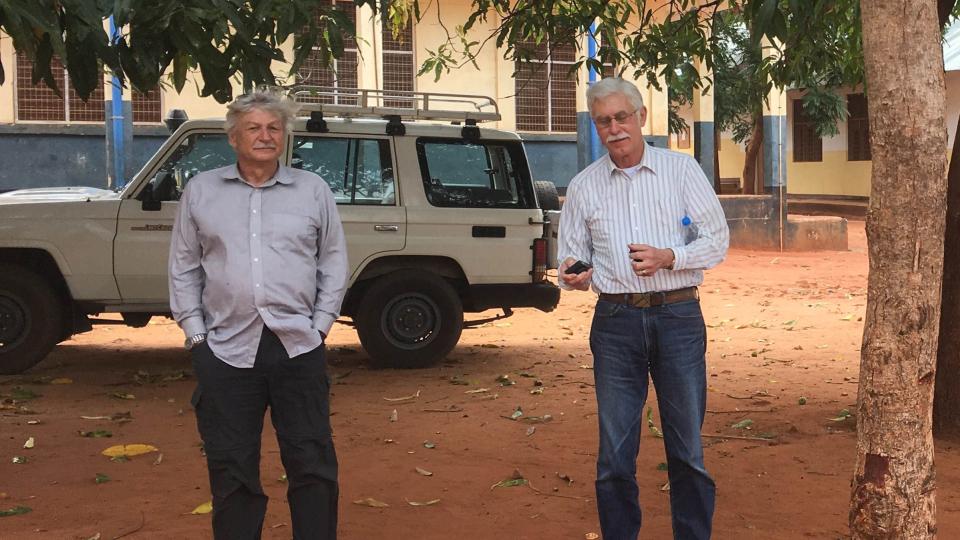

Reviewing design plans and building project coordination between the South African contractor CONCO, the local utility company TANESCO, battery technology company TESLA, KIUMA electrician staff, the KIUMA ministry leadership, and the funding group Wortundtat from Germany, was a multi-year effort.
Last year, once the micro-grid was installed and operational, Andy and team traveled to Tanzania again. This time it was to equip trainees selected by KIUMA to manage and maintain the micro-grid.
Having grown up in Zambia, Andy moves easily within East African culture and can speak English in the local accent & rhythm. This training element, he says, “thrusts EMI into a front-lines role—working directly with beneficiaries, influencing and engaging with them.
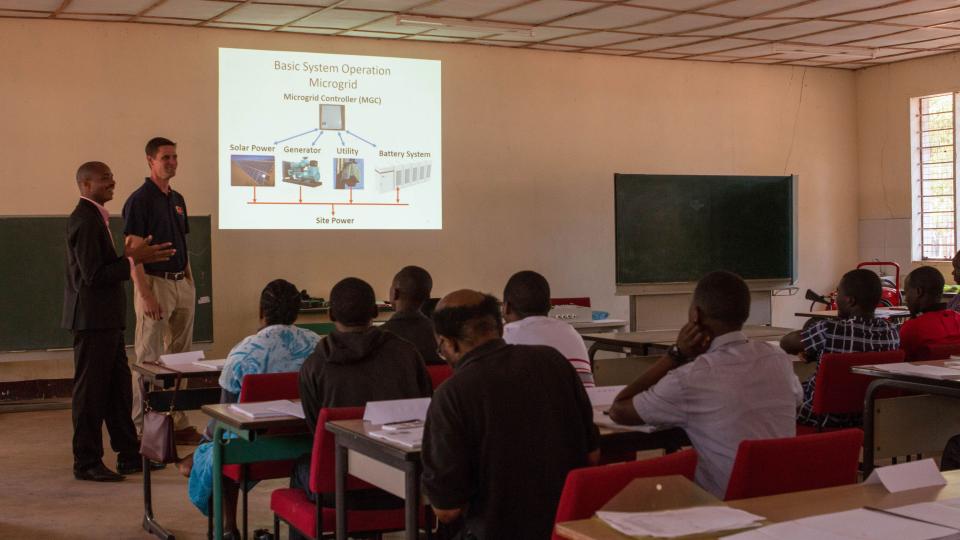
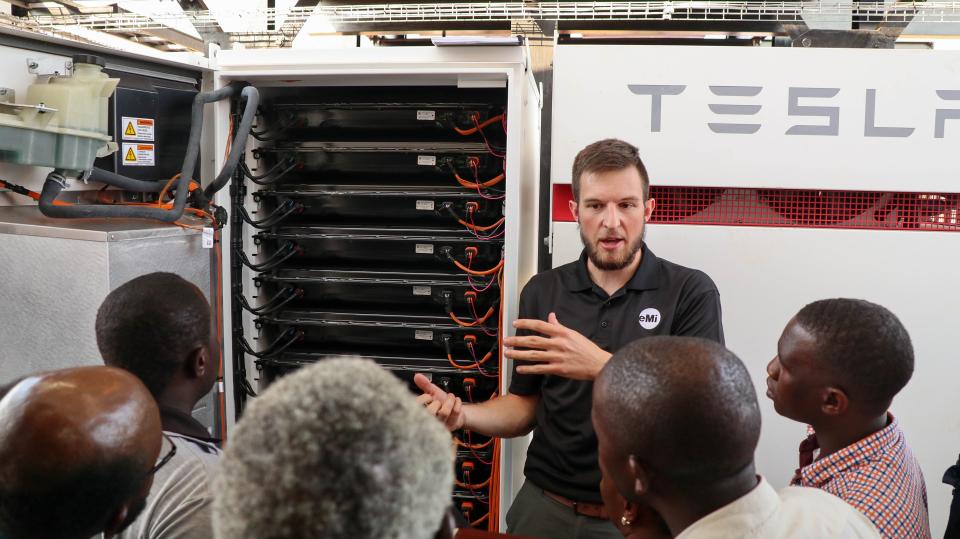
“It’s such a joy and so much fun. We hear their stories and they hear ours. Besides preparing people technically, these trainings allow us to share our lives and to share the gospel in a direct way.”
EMI Associate Staff and Electrical Engineer Hannah Peterson helped deliver the training materials she worked to design. Based at a Christian hospital in Niger where her husband serves as a surgeon, Hannah loves teaching and conveying new concepts.
This includes the challenge of working with those who have not had much access to education. The trainees included long-time KIUMA maintenance staff as well as electrical vocational students, believers and non-believers.
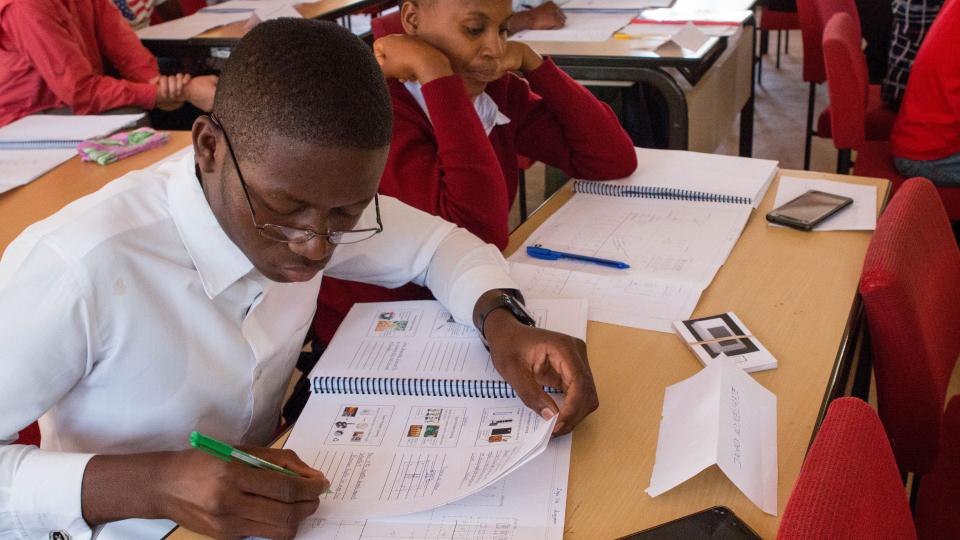
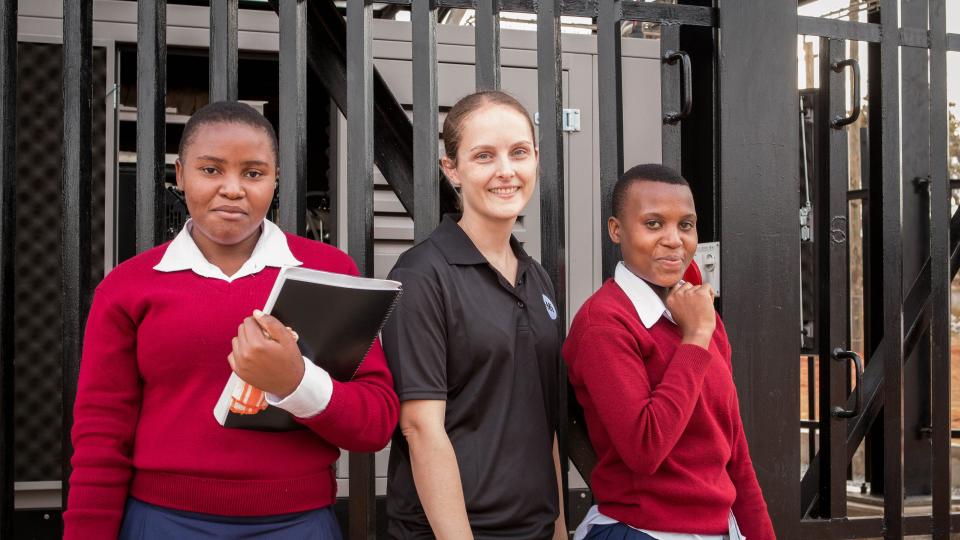
“At devotions each morning of the training we sang, ‘Hakuna mungu kama wewe—there’s no God like you…’ That’s why I do this work,” she says.
“We want everyone to know who Jesus is and we want ministries like KIUMA to have a reliable, affordable, and safe electrical system. Partnership leads to more effective ministry as we all help each other using our different gifts in the Body of Christ.”
EMI has walked with KIUMA from design inception of the micro-grid system all the way to the training of local staff who will operate and maintain it.
Energising the gap has brought a design idea into reality—a reality built through technical and spiritual discipleship across cultures.
The micro-grid is a reality that provided 59 MWH of clean, solar-generated power to the ministry during the first five months of operation – just the beginning of KIUMA’s sustainable energy future.
